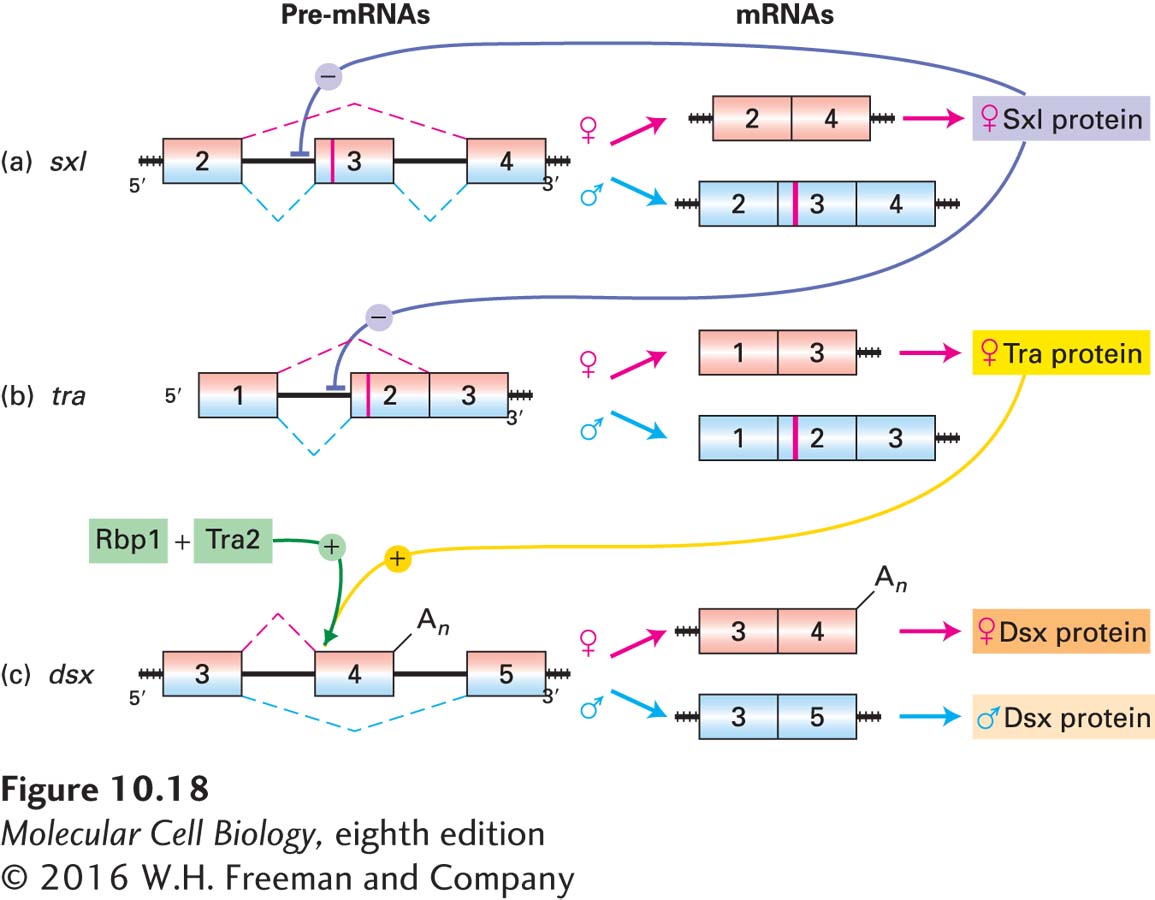
FIGURE 10- e- n- e- e- e- 3–